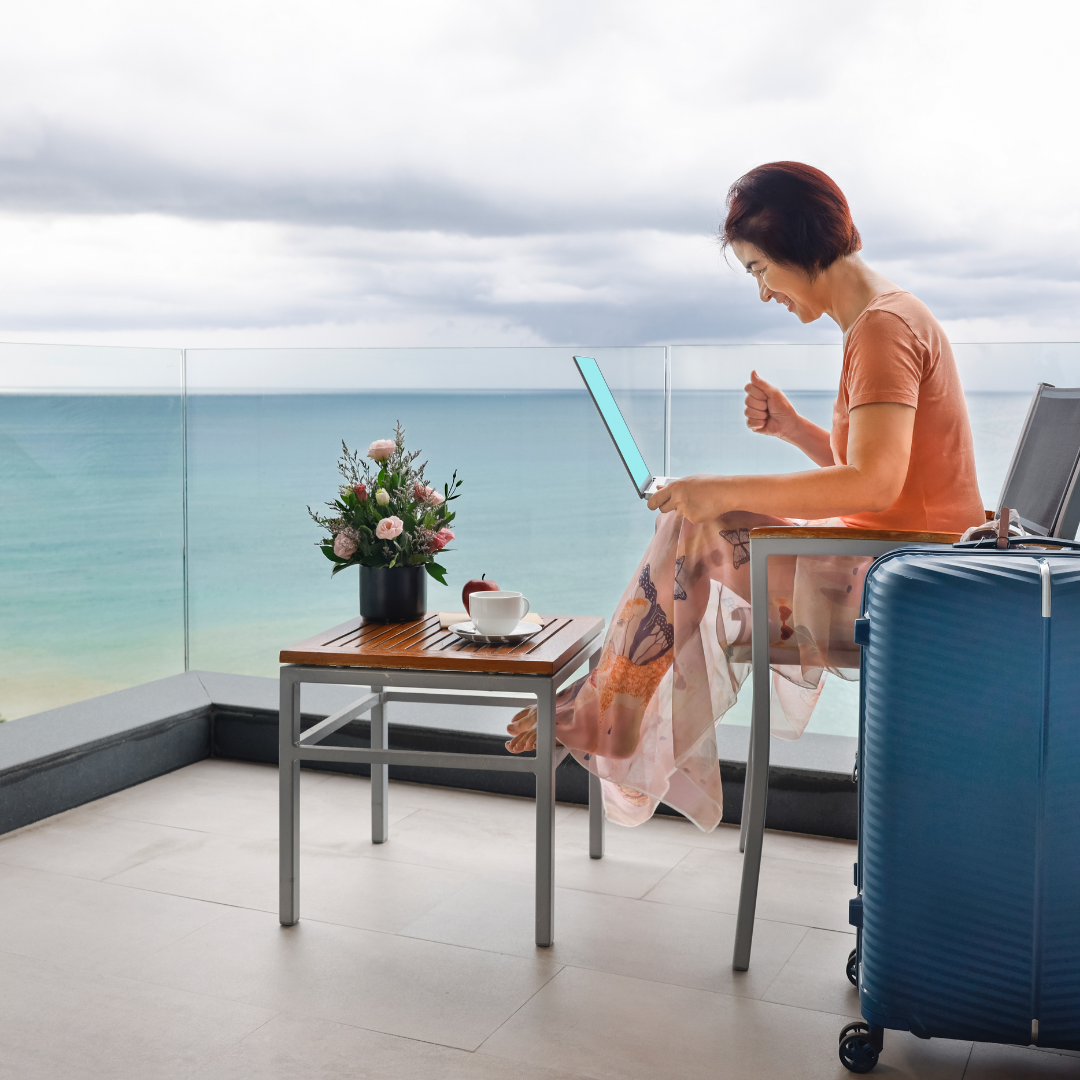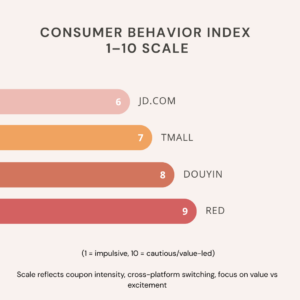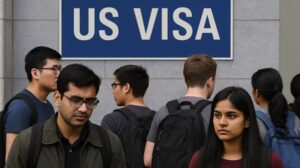Luxury isn’t shrinking. It’s shifting.
What once centered around flagship stores and glossy handbags now moves through boarding gates, curated hotel suites, and VIP museum tours. For China’s high-spending travelers, luxury has gone mobile—and global. In 2025, it’s not just about what you wear, it’s about where you go to buy it, post it, and experience it.
This isn’t a rebound. It’s a recalibration. And the brands that understand this shift are already showing up in the places that matter—Hong Kong, Tokyo, Bangkok, and increasingly, in your Douyin feed.
Top destinations reveal smarter, faster travel habits
Before COVID, 60% of Chinese luxury purchases happened overseas, and in 2019 alone, overseas luxury consumption hit RMB 717.6 billion (USD 98.98 billion). Fast forward to 2025, and that appetite has returned—with a twist.
In 2025, the top travel spots for high-spending Chinese tourists weren’t Milan or New York, but Hong Kong, Seoul, Bangkok and Tokyo. Asia is still where the money moves—but with more intention, shorter planning cycles, and sharper preferences.
And guess what? They’re not just window shopping. According to the data, nearly 55% of outbound Chinese travelers spend over RMB 50,000 annually on luxury goods, and 2.2% splurge beyond RMB 500,000.

Chart: Average Annual Spending of Chinese High-spending Outbound Travelers on
Luxury Goods
Meet your next customer: young, rich, and ready to roam
Today’s high-spending traveler from China is young—with 74.5% born in the 1980s and 1990s.
Specifically:

So yes, millennials are still the ones driving the bulk of luxury tourism—but Gen Z is coming in hot, and they travel differently. Gen Z, in particular, is flexing its financial muscles in a way that’s less predictable and more experimental. They plan later, travel solo, and don’t think twice about splurging on “once-in-a-lifetime” moments.
They also favor destinations that feel safe, Instagrammable, and frictionless. That means shorter flights, high Wi-Fi speeds, and a dash of prestige. In fact, cities like Kyoto, Jeju, and Singapore have seen a sharp rise in popularity between 2019 and 2024.

Chart: Top Destinations for Chinese High-Spending Outbound Travelers in 2024
What they’re buying—and where they’re spending
Sure, they still love a well-placed Louis Vuitton flagship store. But according to the report, 29.1% of total travel spend now goes to luxury shopping, just behind flights and hotels (45.3%). Another 13% goes to dining, and 12.4% to local experiences like tours and museum visits.

Chart: Distribution of Travel Spending of Chinese High-spending Outbound Travelers
And yes, payment matters. Seamless digital transactions are a baseline expectation—not a bonus. WeChat Pay, Alipay, and UnionPay aren’t just payment methods. They’re trust signals.
Experience is the new luxury purchase
Travel isn’t a break for this audience—it’s a statement. A well-timed shopping trip to Seoul. A culturally immersive weekend in Kyoto. A ‘quiet luxury’ stay at a boutique hotel in Sydney.
Post-pandemic, the trend isn’t just toward buying luxury—it’s experiencing it. High-end accommodations, personalized services, digital concierge apps, and yes, Guochao-inspired souvenirs all rank high.
And if you’re a brand wondering how to show up: it’s not about being loud, it’s about being found. On Douyin. Xiaohongshu. WeChat. The decision-making process is digital, social, and increasingly shaped by peer reviews and influencers.
What this means for brands trying to keep up
If you want to be where the money is, follow the trail of last-minute bookings, multi-city itineraries, and that unmistakable scent of high-end spontaneity. They may travel light, but they don’t travel blind. These last-minute bookings? They’re not random. They’re razor-sharp reactions to calendar drops, concerts, and cultural moments.
The high-spending Chinese traveler is informed, mobile, and moving fast. And they expect the brands they love to move with them—from Douyin feeds to duty-free counters.
If you’re ready to speak their language (literally and digitally), Digital Crew helps brands build strategies that travel further.






















